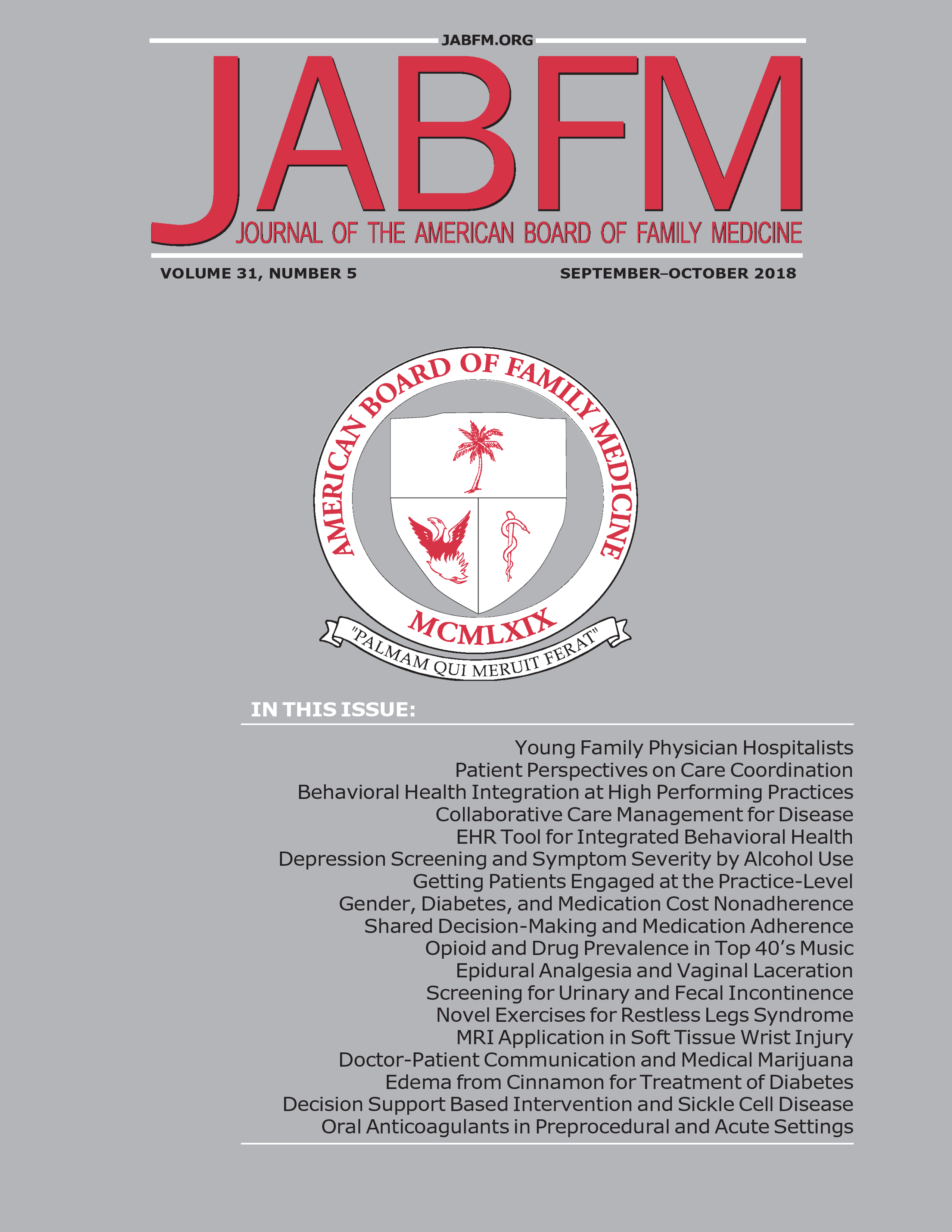Do you guys keep some people on it indefinitely?
Interesting, yeah I would be nervous at the idea of going over 16mg but I am not an experienced suboxone provider compared to others. I suppose I worry about diversion too as well.
seems to be a lot of subjectivity and going with your gut with regards to maintenance dosing
The majority of patients will stabilize on 16 mg or less, but I have many on 24 mg daily, and a handful on 32 mg daily (mostly chronic pain pts), because that is honestly what works for them. You can see the difference both in physical exam and history/relapses. Again, not common, but not uncommon. You should not be "worried" about going up to 24 mg, but obviously just like anything else only do so if it's necessary for the intended effect. Theoretically receptors should be saturated, but as stated above there are crazy products out on the streets right now.
To give you an idea, I've seen a couple cases of people withdrawing on inpatient medicine units from long-term high dose fentanyl use until they are getting on the order of 100-150 mg Suboxone daily (16 mg q2-4hr). When the fentanyl comes out over the course of the week, they are often able to wean down to 24-32 mg (a dischargeable dose) and stabilize lower in the outpatient setting.
Most people want to wean down because of some external pressure (family, friends, others at NA, probation officers, etc) that have the notion that any med for SUD is a "crutch" or not "true recovery". We often have to talk people down or push a much slower reduction, because most of the time people will relapse or have significant cravings. Slight adjustments can certainly be reasonable, but as time goes on (remember "indefinite" is relative given how long Suboxone has been available) long-term treatment seems most efficacious.
I'm not an expert pharmacologist, but the exact substances available on the street right now make me wary of many previous dosing recommendations, simply because the drugs people were using before simply aren't what people are using now, at least in my neck of the woods.
ALL IVDU buying off the street are getting fentanyl mixed with God knows what in my city. All. The opioiod tolerance they demonstrate is truly breathtaking. If someone as a strictly mechanistic pharmacologic argument against pushing suboxone above 16 I'd be curious to hear it, but regarding previous study data, I'm forced to conclude that whatever cohort was studied 3 or 5 or 10 years ago just doesn't resemble the patients now. At least as it relates to the people we see on the CL service who are often very medically ill as a direct consequence of their addiction.
I have no hesitations on going to 24, for sure, and would consider 32. If someone has a good argument against these doses in a heavy fentanyl population I'm all ears.
We recommend and provide methadone all the time but some patients just can't do the methadone clinic routine.
Exactly. We are seeing the same thing here. It's insane.
I've mainly seen BID/TID dosing when it's being used for pain management purposes. Is that potentially what's going on with the patients/doc you're referring to?
I have many chronic pain patients on BID/TID dosing and they all feel this was superior at managing pain than daily dosing. I also have some OUD patients on BID or 8 then 4 or 16 then 8 dosing because of tolerance/adverse effects. For absorption, it's tough doing more than 2 tabs or films at the same time.
Honest question, did you guys learn how to use Suboxone in residency, fellowship or by self-studying? I am asking that because in my program no one prescribes Suboxone due to lack of the X waiver. No one seems interested in obtaining it. Pts that get hospitalized will continue to use Suboxone IF they provide it, and then we just keep the dosing. We do not start it on pts not previously taking it, therefore I am still with 0 experience with it. Is that normal? Is this standard practice?
Learned it all in training. Waiver training intern year, obtained waiver in 3rd year (full license and DEA at that time), MAT clinic once a week for outpatient year, VA MAT clinic, required MAT rotation, Addiction med consult service/CL, experience inpatient and in CSU, do it in my continuity clinic, and have the 100 patient X-waiver now. We have a relatively new addiction med fellowship as well, but only a few fellows have gone through so far. I'm very comfortable with OUD, AUD, benzo dependence, chronic pain management, etc. and obviously Suboxone, but not as much with methadone beyond use for chronic pain in the primary care setting.


